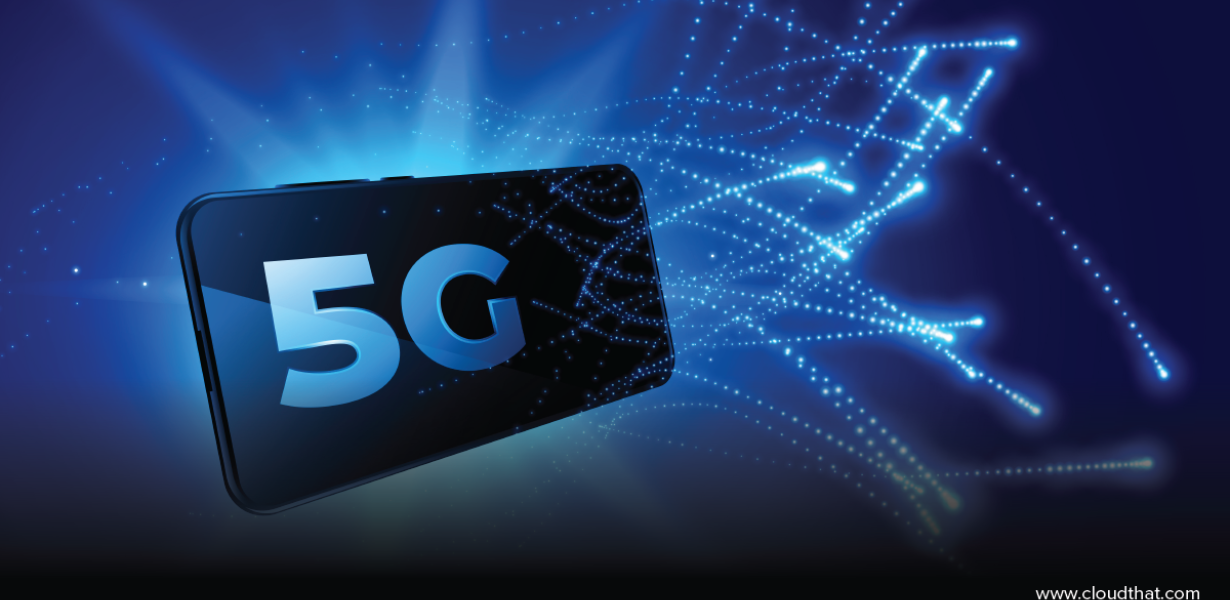
Supercharging Mobile-First Design: Harnessing the Power of 5G and Edge Computing
- Post
- August 7, 2023
- Mobile & Responsive, Mobile-First Design, Web Design
- 0 Comments
In the rapidly evolving digital landscape, mobile-first design has become a paramount strategy for businesses aiming to thrive in the modern world. As the majority of internet users access content through their smartphones, providing a seamless mobile experience has become essential. In this blog, we will explore how the combination of 5G and edge computing is revolutionizing mobile-first design, providing users with lightning-fast, responsive, and immersive experiences. Let’s dive into the future of mobile-first design and uncover the potential of 5G and edge computing.
The Evolution of Mobile-First Design
Mobile-first design is not a new concept; it has been around for over a decade. Initially, it was a response to the increasing number of mobile users, emphasizing the importance of prioritizing mobile optimization over desktop. However, with the advent of 5G and edge computing, the dynamics of mobile-first design have shifted significantly.
5G has brought a remarkable increase in internet speed, lower latency, and improved network reliability, making it a game-changer for mobile experiences. Edge computing, on the other hand, involves processing data closer to the user’s device, reducing lag and enhancing responsiveness. Together, they form a powerful duo that catapults mobile-first design to new heights.
Empowering Real-Time Interactivity
One of the most significant advantages of 5G and edge computing is the ability to deliver real-time interactivity. With the ultra-fast data transfer rates of 5G, mobile apps and websites can provide seamless user interactions without delays or buffering. Combining this with edge computing enables processing-intensive tasks to be executed closer to the user, further reducing latency and creating a responsive, interactive experience.
Immersive Augmented Reality (AR) and Virtual Reality (VR) Experiences
AR and VR have long been seen as futuristic technologies, but with 5G and edge computing, they are becoming more accessible and engaging. High-speed 5G networks enable the streaming of high-quality AR and VR content directly to mobile devices, while edge computing ensures smooth rendering and reduced motion sickness by offloading computation to nearby edge servers. This synergy opens up a whole new realm of possibilities for mobile-first design.
Seamless Video Streaming on the Go
Buffering and low-quality video streams have been the bane of mobile users for years. However, 5G’s high bandwidth and low latency have transformed video streaming on mobile devices. Users can now enjoy high-definition content on the go without interruptions, making mobile-first design more appealing to businesses looking to deliver video-centric experiences.
Personalization and User-Centric Design
The combination of 5G and edge computing has enabled businesses to collect and process vast amounts of user data in real-time. With this wealth of information, companies can create highly personalized and user-centric experiences. From tailoring content to individual preferences to providing location-based recommendations, mobile-first design powered by 5G and edge computing enhances customer satisfaction and engagement.
Accelerating Mobile E-Commerce
Mobile e-commerce has seen exponential growth in recent years, and 5G and edge computing play a pivotal role in its advancement. With lightning-fast 5G speeds, online shoppers experience reduced load times and faster checkout processes. Simultaneously, edge computing enables retailers to optimize their inventory management and order processing, ensuring a seamless shopping experience.
IoT Integration and Smart Devices
The Internet of Things (IoT) ecosystem is expanding rapidly, and 5G and edge computing are the backbone of its success. The combination allows for more efficient data transmission and processing between IoT devices, leading to a smarter and more connected world. From smart homes to wearable devices, mobile-first design powered by 5G and edge computing is at the forefront of IoT innovation.
Enhancing App Performance and Reliability
App performance and reliability are crucial factors that can make or break user satisfaction. 5G and edge computing help app developers deliver high-performance applications that are less dependent on the device’s processing power and more reliant on the robust network infrastructure. This ensures that mobile apps operate smoothly and consistently across various devices and locations.
Augmenting Mobile-First SEO Strategies
In the world of SEO, mobile-first indexing has become a critical ranking factor. With Google’s emphasis on mobile-friendly content, leveraging 5G and edge computing becomes even more vital. As mobile experiences improve with 5G, user engagement metrics like bounce rate and session duration are positively impacted, resulting in better search rankings.
Security and Privacy Considerations
While the convergence of 5G and edge computing offers numerous benefits, it also raises concerns regarding security and privacy. Edge devices become potential targets for cyberattacks, and real-time data processing necessitates robust security measures. Businesses must prioritize security in their mobile-first design strategies to build trust with their users.
Final Words
Mobile-first design has evolved significantly with the advent of 5G and edge computing. The amalgamation of ultra-fast 5G networks and edge computing’s localized data processing brings forth a new era of seamless interactivity, immersive experiences, and personalized content. As businesses harness the power of this dynamic duo, they can supercharge their mobile-first design, delivering exceptional user experiences and staying ahead in the competitive digital landscape.
Commonly Asked Questions:
Q1: What are some practical examples of mobile-first design?
A1: Mobile-first design examples include responsive websites that adapt to different screen sizes, mobile apps with intuitive user interfaces, and mobile landing pages that load quickly and deliver concise information.
Q2: Are there templates available for creating mobile-first designs?
A2: Yes, many design platforms offer mobile-first templates that help designers create user-friendly and visually appealing mobile interfaces.
Q3: How does 5G impact mobile gaming experiences?
A3: With 5G’s low latency and high data transfer rates, mobile gamers can enjoy smoother gameplay and reduced lag, enhancing their overall gaming experience.
Q4: Can edge computing enhance the performance of mobile AI applications?
A4: Absolutely. Edge computing allows AI processing to occur closer to the user’s device, reducing latency and enabling real-time AI interactions on mobile applications.
Q5: How can businesses prepare for the 5G and edge computing revolution in mobile-first design?
A5: Businesses can start by optimizing their websites and apps for mobile-first experiences, leveraging edge computing capabilities, and partnering with reliable 5G network providers to ensure seamless transitions into this transformative era.



